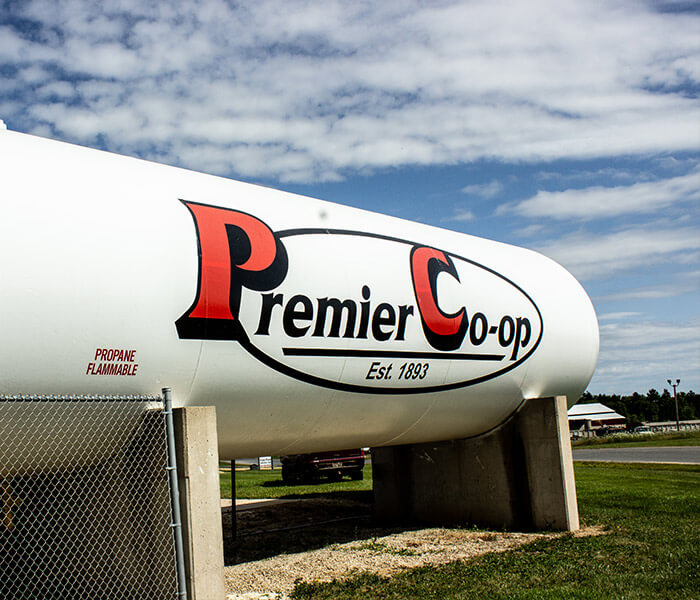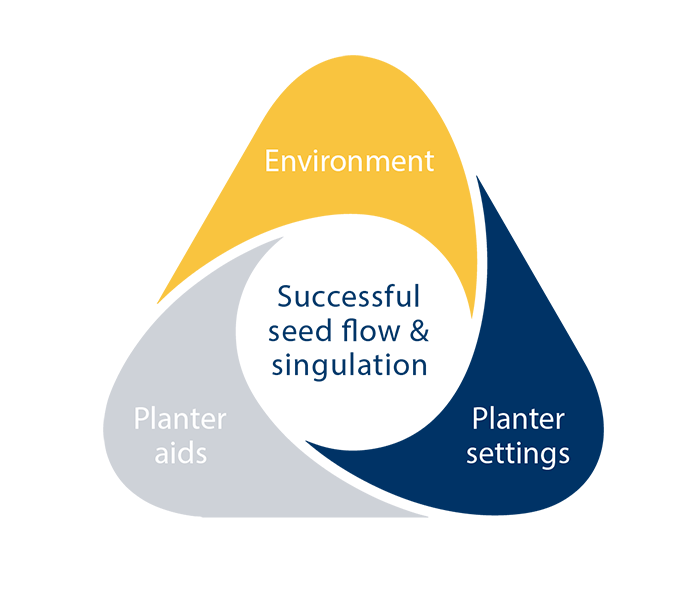Premier Co-op

April Energy News
Remember last month when I was talking smack about winter being over? I wasn’t ready to accept it and when I heard a blizzard was raging in the upper peninsula of Michigan the fir...

Several factors, such as air and seed temperature, relative humidity, seed treatment recipe, as well as seed size and shape impact seed flow and plantability.
Excellent planting accuracy and plant stand establishment can be achieved with all seed sizes and shapes, regardless of seed treatment recipe and environmental conditions, through careful planter aid usage and planter adjustments.
This guide highlights environmental conditions that result in challenging planting conditions, as well as best practices to optimize planting accuracy.
The challenge: Spring weather is unpredictable
Warming spring temperatures signal the beginning of the crop planting season. However, weather in spring is unpredictable with cold, dry conditions often followed closely by warm, humid conditions. Rapid fluctuations in weather can create condensation on the seed, causing poor seed flow, increased seed bridging and reduced planter accuracy.
For example, when seed is stored at 50°F, condensation can start to occur as soon as the seed is moved into warmer, more humid conditions common during the Spring planting season. When condensation accumulates on seed, planting accuracy can be impacted if not managed properly.
The opportunity: Be prepared for Spring weather
Contact your local Premier agronomist for more information and precise planter recommendations
